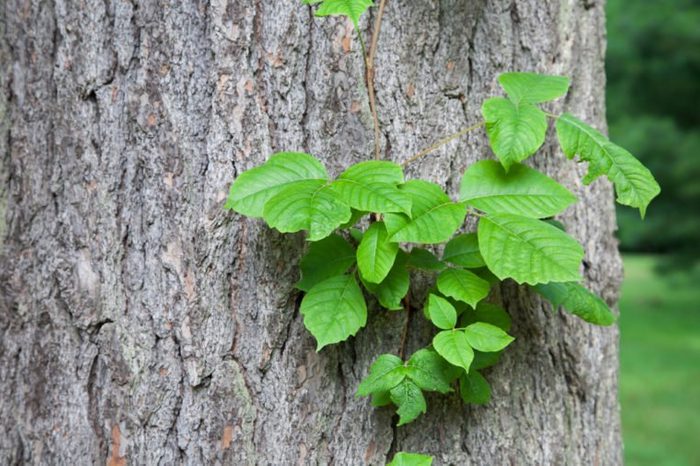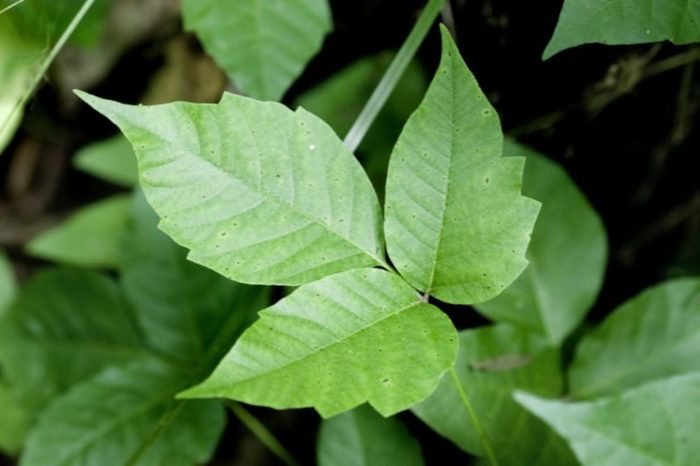
How Does Poison Ivy Cause Itchy and Irritated Skin?
Poison ivy can be found in all Canadian provinces except Newfoundland, with at least three varieties found across the country. All parts of the plant contain the poison resin, urushiol. It isn’t necessarily contact with the plant itself that will cause a reaction with your skin, but contact with its sap. In fact, if your pet comes in contact with the sap, you can even develop a reaction from touching their fur.
You’ve probably heard the “leaves of three, let it be” rule, which dictates that a plant with a compound leaf of three—or three distinct leaflets joining together on a single stem—may be poisonous and should be avoided. However, the trouble with poison ivy is that even within this rule, it can take on many different appearances that vary by season or even just by plant. That means “what does poison ivy look like?” doesn’t have the same answer all the time.
Most people will develop symptoms 24-48 hours after coming in contact. Reactions can range from mild itchiness to more severe oozing lesions and fever. Make sure never to burn poison ivy plants. If the smoke is inhaled, it can lead to potentially fatal respiratory issues.
Here are six more common skin conditions (and how to treat them).

So, What Does Poison Ivy Look Like?
Poison ivy leaves can present as smooth-edged, or wavy or jagged, and can also appear either waxy and shiny or dull. Additionally, they may be perceived as hairy or be completely smooth. Leaves will be roughly two to five inches long, with the centre leaflet having a longer stalk than the side leaflets. What does poison ivy look like as it changes throughout the year? In the springtime, the plants will blossom with very small white flowers. Over the course of the summer months, the plant will produce greenish berries. In the fall, the plants leaflets will turn red in the fall and boast waxy, dense clusters of white berries through winter. It is important to be vigilant even during winter months, as you can still be affected by poison ivy during the cold season. The plant will have lost its leaves, but you can still identify it by its berries, grey bark, and aerial or above ground roots. Poison ivy can present as a climbing plant that vines up trees and other standing structures, and also as a shrub or widespread ground colonies.
If you discover poison ivy in your yard, don’t burn it or try to pull it up (even with gloves), but instead clip the plant down and smother with newspaper. To deal with a poison ivy infection, wash the afflicted area immediately after touching the plant with warm soap and water, and try to limit irritation with calamine lotion or hydrocortisone.
Now that you know what poison ivy looks like, check out 10 proven poison ivy home remedies.